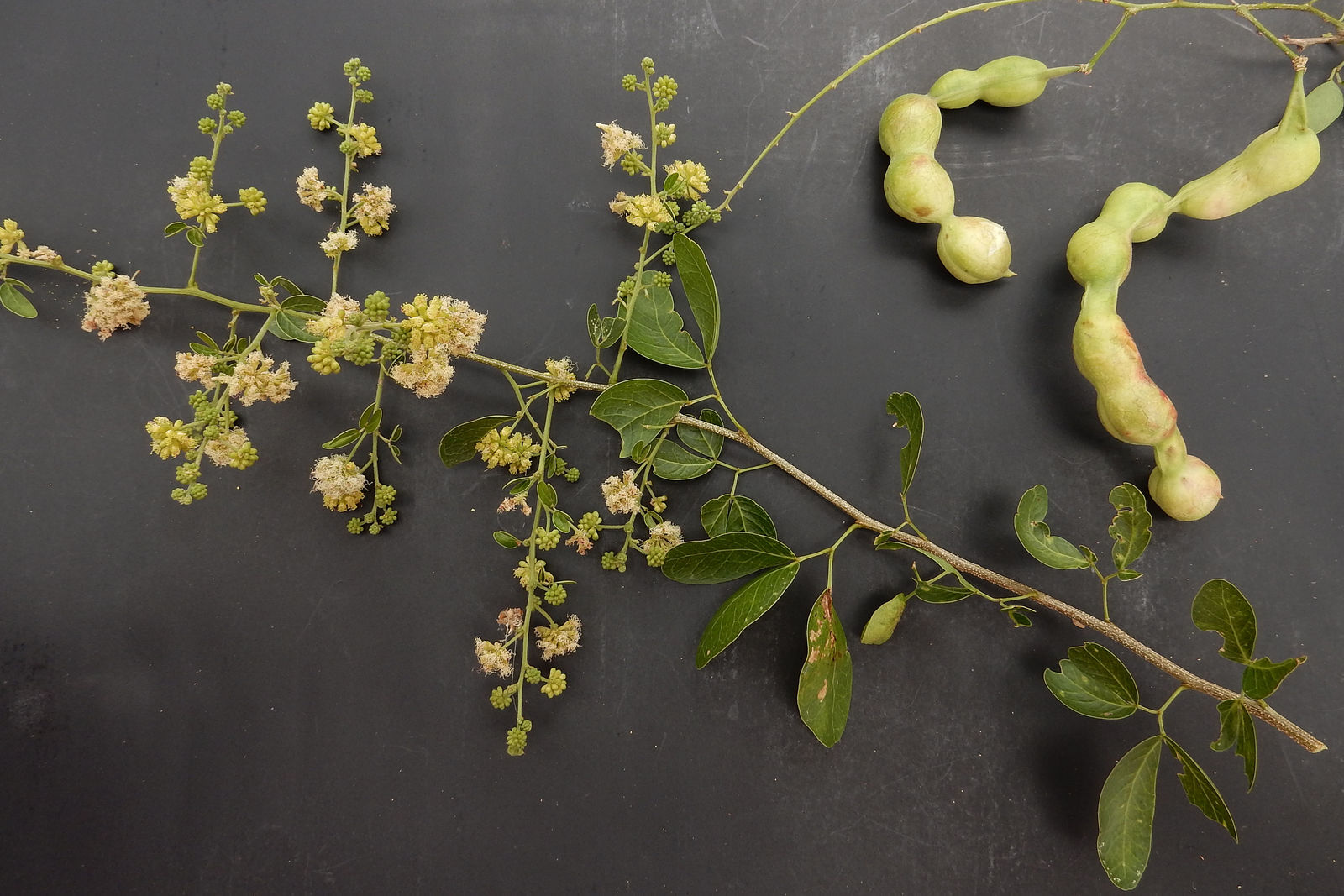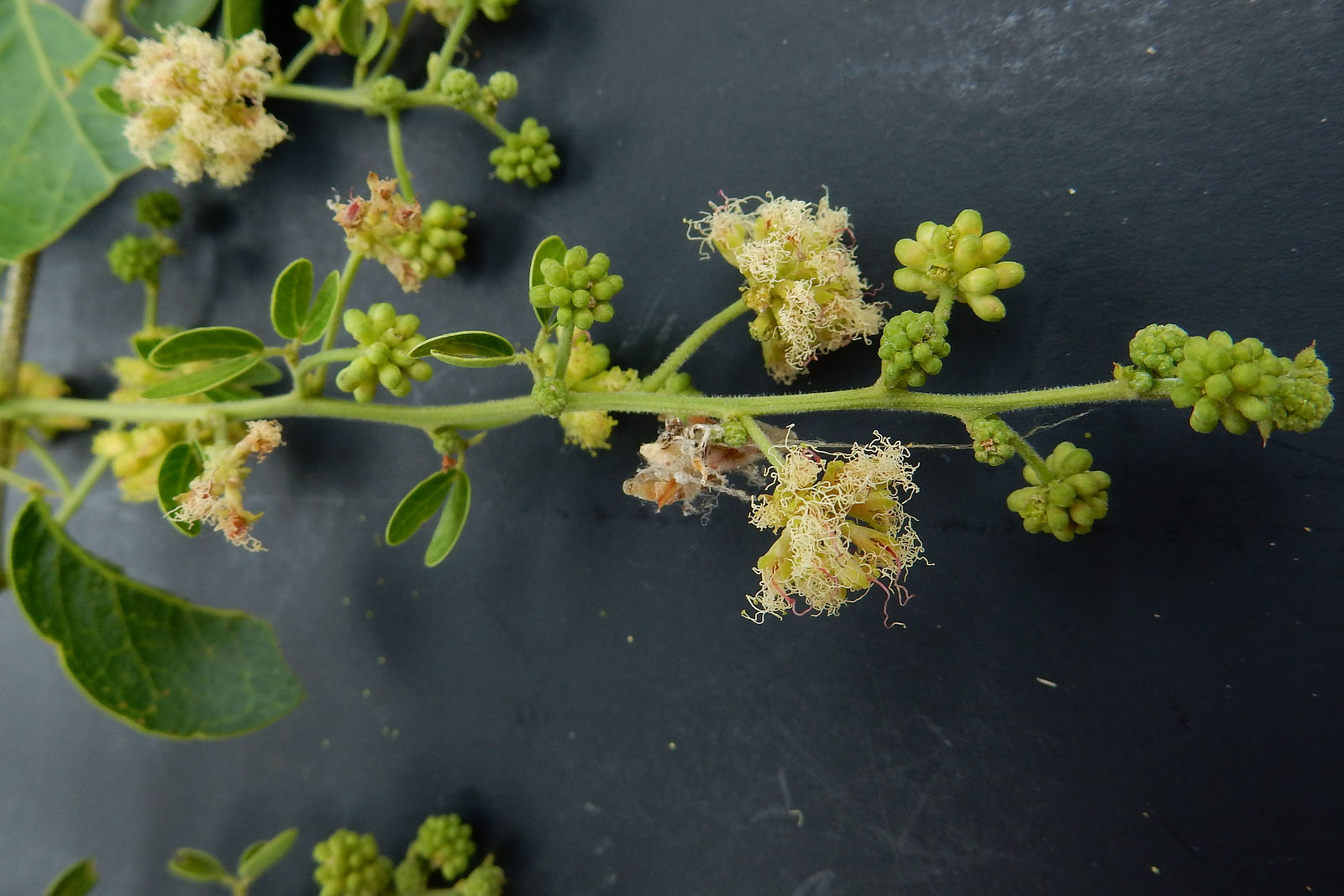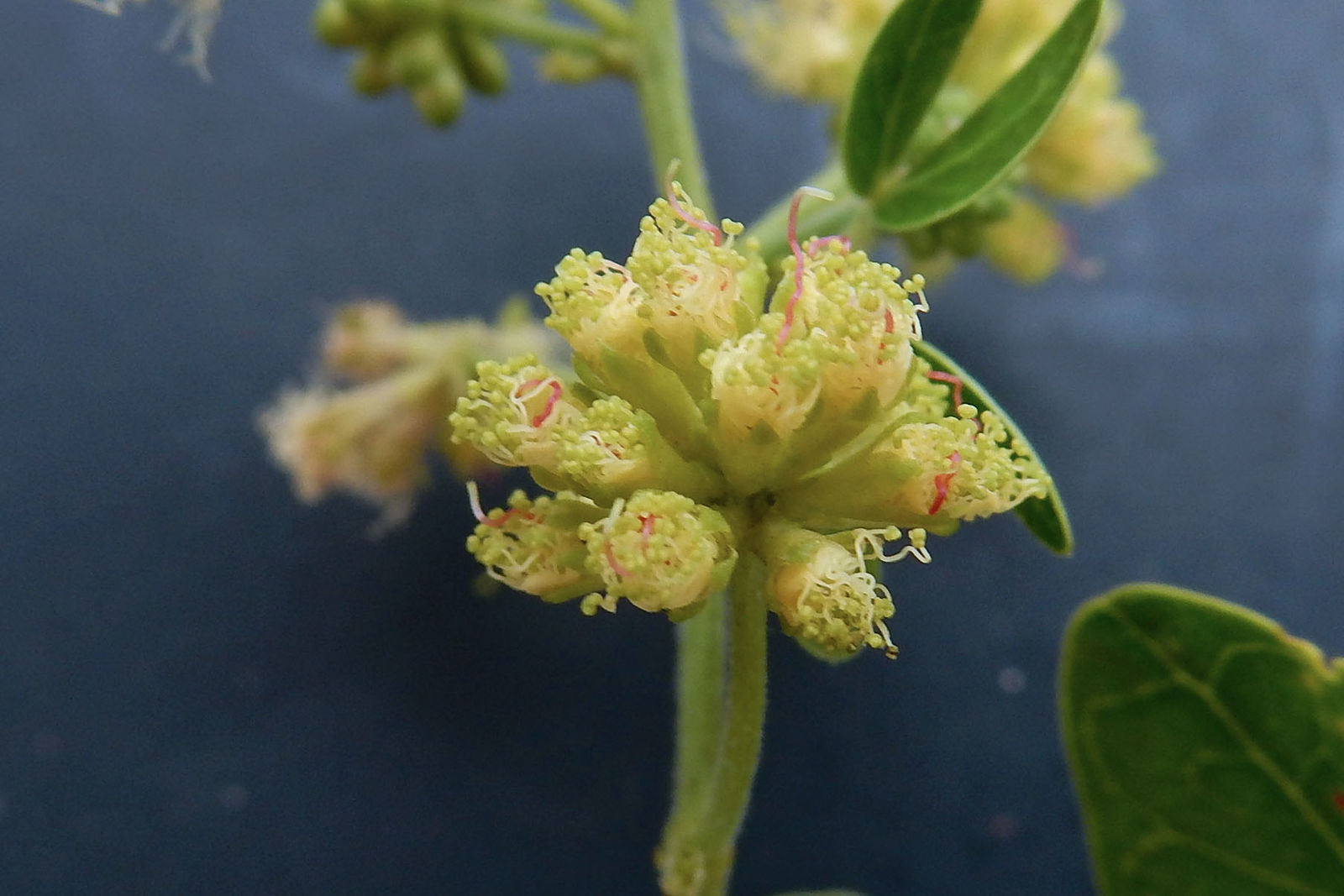Guanacaste, Earpod tree, Horse tamarind
pithecellobium dulce
Also known as: ["Earpod tree","Horse tamarind","Guanacaste"]
Overview
A medium-sized deciduous tree native to tropical regions of the Americas, known for its distinctive ear-shaped seed pods and edible seeds.
Benefits & Perks
["edible fruits","wildlife attractant (bees, butterflies, birds)","drought tolerant"]
Botanical Classification
| Phylum: | Magnoliophyta |
| Class: | Magnoliopsida |
| Order: | Fabales |
| Family: | Fabaceae |
| Genus: | Pithecellobium |
| Botanical Name: | Pithecellobium dulce |
Plant Characteristics
Basic Information
- Category: Trees
- Suitable Location: outdoor garden in warm climates, or large indoor pot in cooler regions
- Suitable For:
- Is Weed: No
- Allergenicity: low
Environmental Needs
- Climate: {"temperatureRange":"10–40°C"}
- Hardiness: {"zones":"9–11"}
- Misting: rarely required, only if ambient humidity is very low
- Drainage: Fast-draining to prevent waterlogging.
- Soil Type: Well-draining, loamy soil with added organic matter; can tolerate slightly sandy conditions.
Maintenance Level
- Maintenance Level: moderate
- Toughness Level: high
- Pruning Frequency: Annually in late winter or early spring before new growth begins.
- Pruning Intensity: Moderate; remove up to one-third of old growth to rejuvenate the plant.
Care Details
Ideal Sunlight Coverage:
Full sun (6–8 hours of direct sunlight daily); tolerates partial shade but may become leggy.
Sunlight Tolerance Tips:
Acclimate gradually if moving from shade to sun; protect from intense midday sun in hot climates; ensure adequate light indoors with supplemental grow lights if needed.
Care Requirements
Care Difficulty
moderatemoderate
Sunlight
full sun to partial shade
Rotate plant for even growth; use sheer curtains to filter harsh sun; place near south-facing window for optimal light.
Watering
every 7–10 days, allowing soil to dry between waterings
Water thoroughly until it drains from the bottom; allow soil to dry between waterings; avoid overwatering.
Soil
well-draining, loamy soil with moderate organic content
pH: Slightly acidic to neutral (pH 6.0–7.0).
Ensure pots have drainage holes; avoid heavy clay soils; topdress with compost annually.
Temperature
Thrives in warm temperatures (65–85°F or 18–29°C); tolerates brief dips to 50°F (10°C) but prefers stable warmth.
Avoid drafts; maintain stable temperatures; protect from sudden temperature swings.
Fertilizing
every 2 months during active growth, using balanced fertilizer
Dilute fertilizer to half strength to avoid burn; fertilize after watering to prevent root shock; avoid fertilizing newly repotted plants.
Propagation
Methods
Stem cuttings or seeds; stem cuttings are faster and more reliable for home growers.
Step-by-Step Propagation Guide
- Take a 4–6 inch cutting.
- Remove lower leaves.
- Dip in rooting hormone.
- Plant in propagation medium.
- Keep moist and warm.
Best Time: Spring or early summer when the plant is actively growing.
Environment
Warm (70–80°F or 21–27°C), high humidity (70–80%), and bright indirect light.
Medium
Well-draining mix of perlite and peat moss or cactus mix.
Hormone
Recommended to use rooting hormone for faster and more reliable rooting.
Timeline
Roots may develop in 4–6 weeks; new growth may appear in 2–3 months.
Tools Needed
Pruning shears, rooting hormone, propagation tray, plastic wrap or dome, mister.
Quick Tips
Use healthy, non-flowering stems; maintain consistent moisture; provide bottom heat for faster rooting.
Pruning & Repotting
Pruning Guide
Method
Selective thinning and heading back to maintain shape and promote airflow.
Pruning Plan
Shape the plant, remove dead or diseased branches, and encourage bushier growth.
Tools
Pruning shears, loppers, gloves, disinfectant.
Checklist
Disinfect tools; prune dead/diseased wood first; make clean cuts just above buds; remove crossing branches.
Repotting Guide
Best Season
Spring, before the active growing season starts.
Pot Size
Increase pot size by 2–3 inches in diameter; ensure good drainage holes.
Method
Remove plant gently; trim roots if necessary; place in a new pot with fresh soil; water lightly after repotting.
Suggestions
Repot every 2–3 years or when roots fill the pot; necessary to refresh soil and provide space for growth.
Checklist
Choose appropriate pot size; prepare fresh soil mix; handle roots carefully; water after repotting.
Advanced Care Tips
Watering Mastery
Watering Checklist
Check soil moisture; water deeply; ensure drainage; adjust for season.
How to Apply Water Properly
Water directly at the root zone, ensuring even saturation; water early in the morning to minimize evaporation; ensure excess water drains away to prevent waterlogging.
Watering Schedule Tips
Water deeply once the top inch of soil feels dry; reduce frequency in winter to prevent root rot.
Soil Improvement
Add perlite or coarse sand for drainage; incorporate compost for fertility; use cactus mix as a base.
Temperature Stress Management
Signs of Temperature Issues
Leaf drop, yellowing, or stunted growth in cold; wilting or scorching in excessive heat.
Cold Stress
Slows growth, may cause leaf drop, and increases susceptibility to root rot due to reduced metabolic activity.
Solution: Move to a warmer location; provide frost protection in cold climates; reduce watering during cold periods.
Hot Stress
Leaves may scorch, wilt, or drop; soil dries out quickly, increasing water stress.
Solution: Provide shade during peak heat; increase watering frequency; use mulch to retain soil moisture.
Fertilizing Guide
Fertilizing Checklist
Check fertilizer type; dilute correctly; apply during active growth; avoid winter feeding.
Fertilizing Method
Use balanced liquid fertilizer (10-10-10) every 4–6 weeks during growing season (spring/summer); reduce or stop in fall/winter.
Common Problems & Solutions
Toxicity Warning
Cats
Slightly ToxicCats may exhibit mild gastrointestinal symptoms if they consume the seeds or bark of Pithecellobium dulce. The plant is not highly toxic to cats but can cause mild discomfort.
⚠️ Symptoms:
🌿 Toxic Parts:
⚡ Toxic If:
if ingested
Dogs
Slightly ToxicDogs may experience mild gastrointestinal upset if they ingest the seeds or bark of Pithecellobium dulce. The toxicity is not severe but can cause discomfort.
⚠️ Symptoms:
🌿 Toxic Parts:
⚡ Toxic If:
if ingested
Humans
Slightly ToxicThe seeds and bark of Pithecellobium dulce contain toxic compounds that can cause gastrointestinal distress and other mild symptoms when ingested in significant amounts. The plant's toxicity is generally low for humans, but caution is advised.
⚠️ Symptoms:
🌿 Toxic Parts:
⚡ Toxic If:
if eaten in large quantities
Frequently Asked Questions
Q: Is Pithecellobium dulce suitable for urban planting?
A: Yes, it is drought-tolerant and can thrive in urban environments with adequate space.
Q: Are the seeds of Pithecellobium dulce edible?
A: Yes, the seeds are edible and can be roasted or ground into flour.
Q: Does Pithecellobium dulce attract wildlife?
A: Yes, it attracts bees, butterflies, and birds due to its nectar-rich flowers and seeds.
Quick Reference
| Family: | Fabaceae |
| Care: | moderate |
| Light: | full sun to partial shade |
| Water: | every 7–10 days, allowing so |
Get Expert Care Tips
Download the Plantious app for personalized care reminders and plant identification!
Google Play App Store








